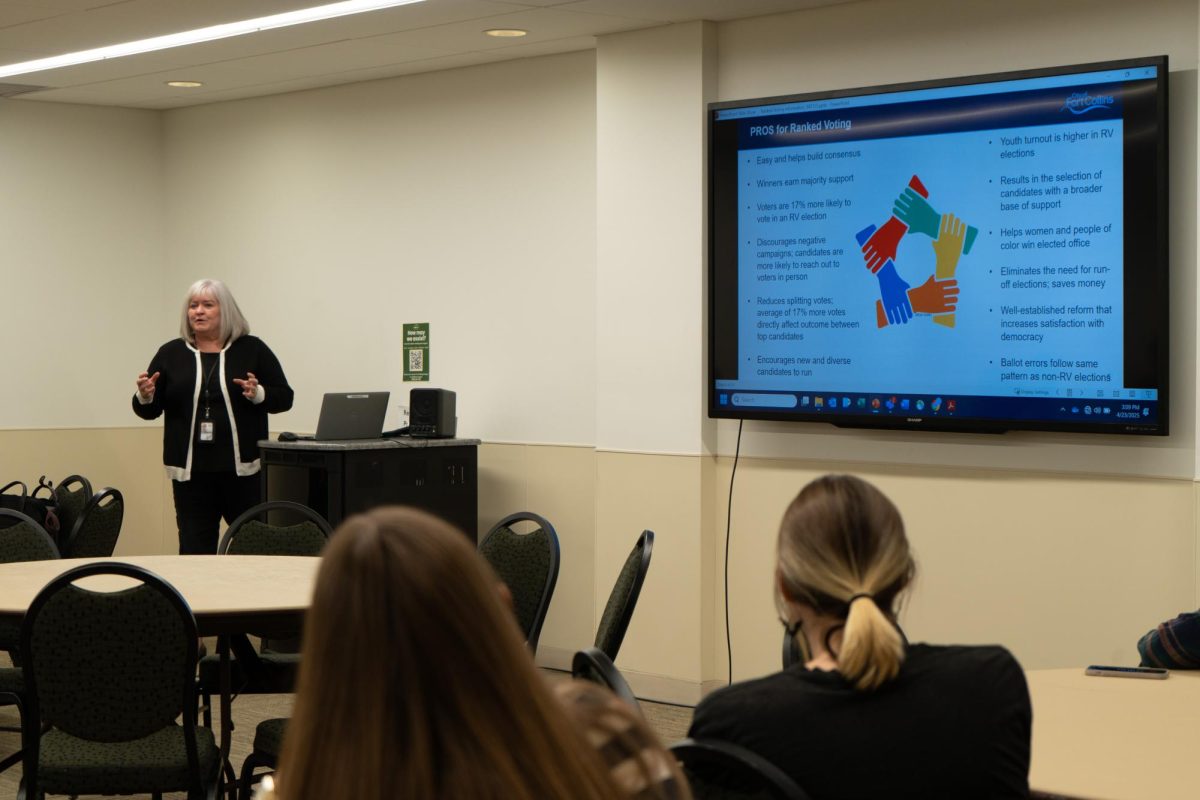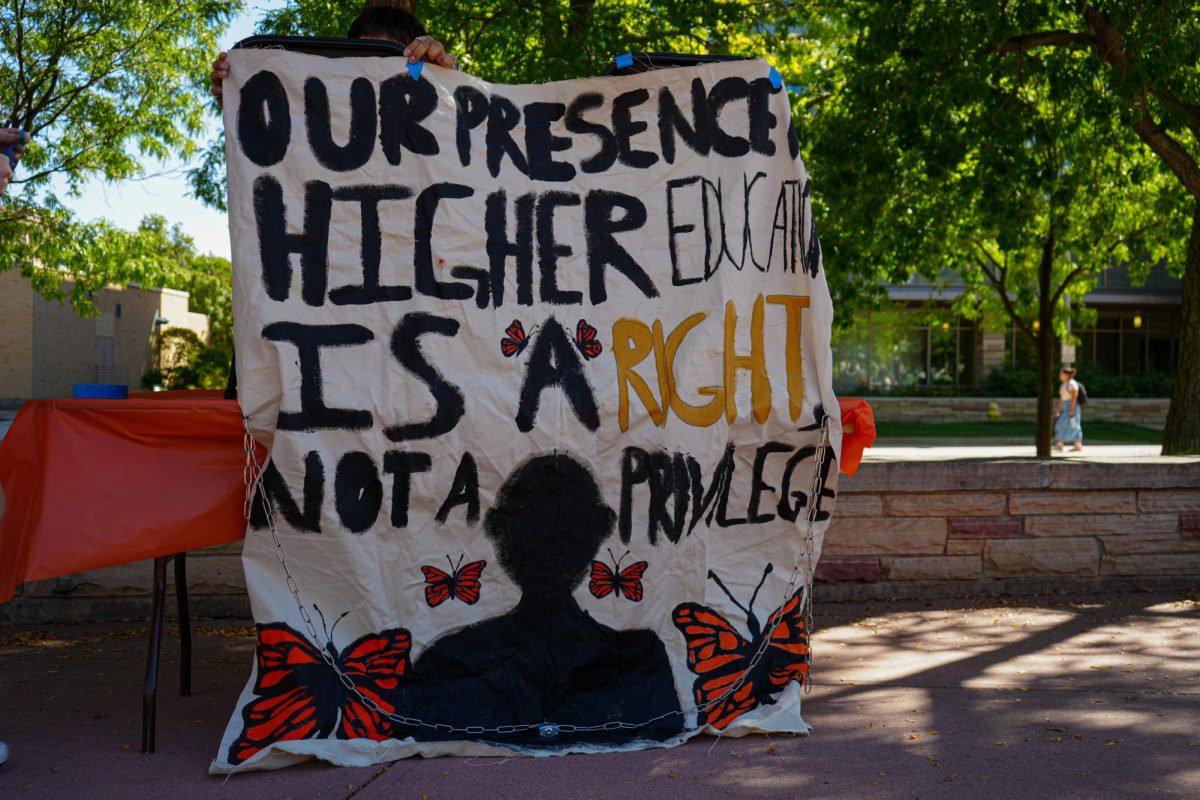With COVID-19 case rates rising for the young adult population, local leaders stressed the continued importance of sticking to prevention guidelines at Thursday’s virtual town hall.
Larimer County is currently at medium risk on Safer Level 1, the second lowest status on Colorado’s COVID-19 five-level dial behind Protect Our Neighbors.
Of the three main metrics that will help determine if Larimer will go up or down a level, the case number is the main one the county is struggling with, according to information provided by Tom Gonzales, public health director for Larimer County.
“We’ve talked to the state about moving to Protect Our Neighbor (status) with the good work we’re doing,” Gonzales said. “They are saying we must be down to 50 cases per 100,000, and we’re running right at about 100 cases per 100,000 (over a 14-day period).”
One primary age range they are seeing increases in are 18- to 24-year-olds, similar to patterns across the state and country, as colleges reopen.
According to data from the Larimer County COVID-19 dashboard, 15- to 24-year-olds make up 43% of the confirmed and probable cases from the last 30 days.
“We need to wear our face coverings and continue our social distancing and hand washing and no large gatherings,” Gonzales said. “I understand we are tired of all these restrictions, but lowering our guard now may lead to more illness and a rollback to level 2.”
Joyce McConnell, president of Colorado State University, said it was important for everyone to know that 18- to 24-year-old CSU students are “being very well-monitored and cared for in the community.”
“Our students really want to be on campus,” McConnell said. “And so, because they want to be on campus, they’re working very hard, and I would say 90%, if not more, of our students are following every strict protocol that we’ve put in place.”
Those guidelines include mandatory indoor mask requirements and a daily symptom checker.
For any students who are not complying with guidelines, the University will take action against them for student misconduct, McConnell said. She encouraged people to fill out the COVID Public Health Behavior Report Form if they see any campus gatherings in violation of health orders.
“It’s very helpful for us always to have eyes on the street,” McConnell said. “So any information you have, please report it.”
Transmission sites have mainly been gatherings so far, McConnell said. University contact tracing has seen no virus transmission in the classrooms, which demonstrates the difference sanitizing and physical distancing protocols have had.
The University has invested $2 million in a social norming campaign to educate people about these guidelines and also has plans for an upcoming campus flu vaccination program, McConnell said.
“CSU plans to roll out a new form of microsurveillance through a saliva test developed by a team of University faculty.”
At 417 cases, CSU’s cumulative COVID-19 count is one of the higher ones in the state, but the current positivity rate is even lower than the county’s at 1.2% of the 18,700 tests distributed since Aug. 17, McConnell said. The case dashboard is updated every two or three days based on new information from testing cycles.
The University has taken on an aggressive testing approach, as that combined with contact tracing, quarantine and isolation are some of the key areas for getting ahead of the virus, said Mary Pedersen, provost and executive vice president.
Currently, the University uses wastewater testing for microsurveillance of the virus across campus with a focus on residence halls. It was a high concentration of COVID-19 in wastewater that led to the brief quarantine of students in Braiden and Summit halls last Thursday.
About 80% of those dorm residents have been tested so far, with the rest contacted individually for mandatory testing, Pedersen said. All students who tested negative were no longer under quarantine as of Tuesday.
Next week, CSU plans to roll out a new form of microsurveillance through a saliva test developed by a team of University faculty. This will allow CSU to scale up its testing by its goal of tenfold, Pedersen said.
While microsurveillance can show potential hotspots, the nose swab tests that detect the virus’s genetic material — known as a PCR test — is still the necessary diagnostic for confirming an actual positive case, according to Dr. Chris Urbina, county COVID-19 medical director.
From quarantine to testing to mask wearing, Urbina emphasized that all these public health orders are about stopping the spread of the virus.
Though older folks and people with chronic health conditions are more at risk for COVID-19 complication, Urbina said that, ultimately, “everybody is susceptible.”
Samantha Ye can be reached at news@collegian.com or on Twitter @samxye4.










